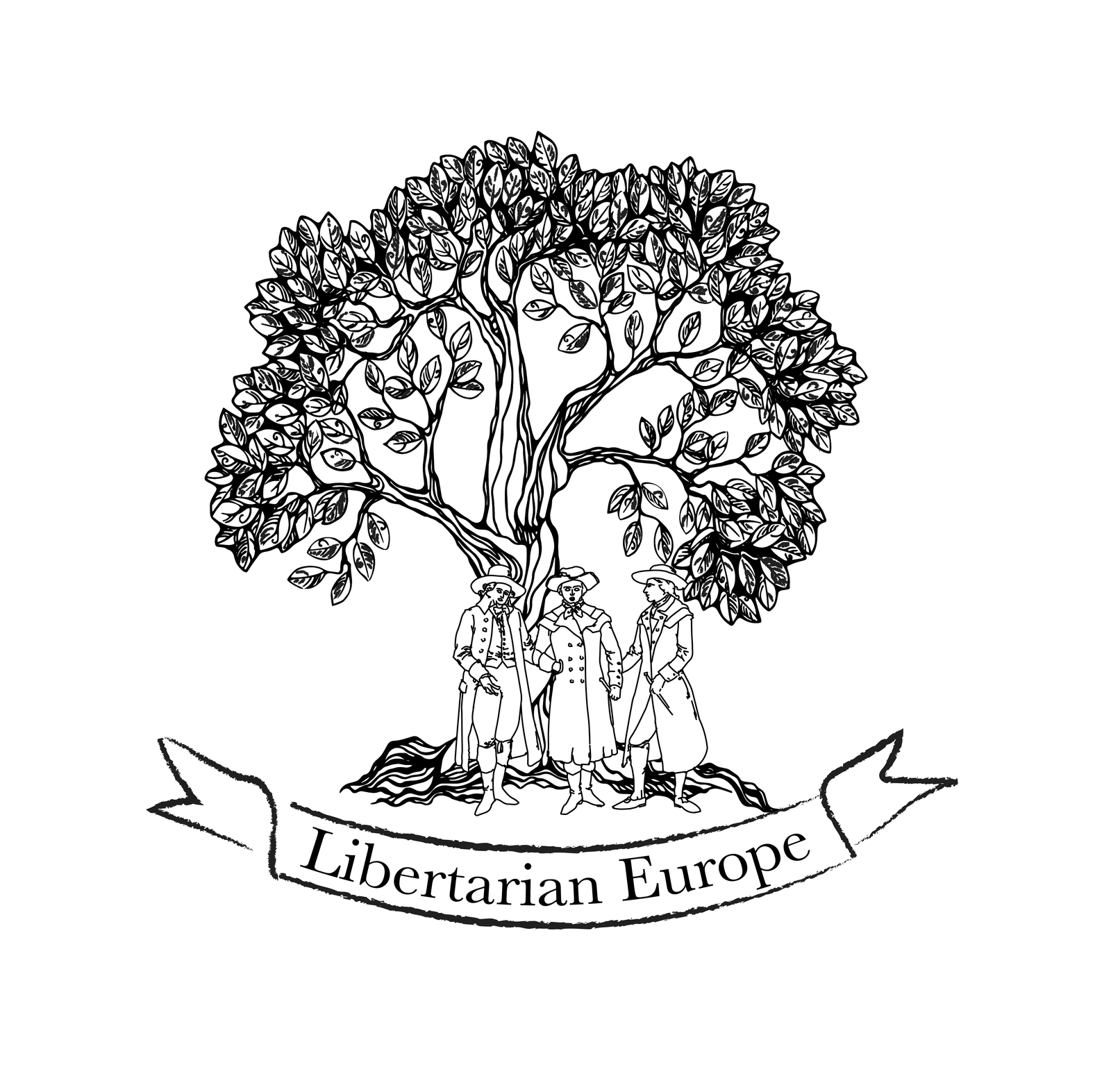
Learn Economics with The Cricket and the Ant
You, like me, must already know the fable The Cricket and the Ant. When I was younger, I heard it dozens of times, but I had not paid attention to all the important teachings of that story. In this article, I will talk about the history of The Cricket and the Ant and about the connections I perceive between this fable and economics.
The fable of The Cricket and the Ant
Once upon a time, there was a cricket that lived hopping and singing in the woods, not caring about the future. As the cricket ran into a little ant, that was carrying a heavy leaf, it asked:
The Cricket: Hey little ant, what’s all this work for? Summer is for us to enjoy! Summer is for us to relax!
The Ant: No, my dear cricket! I need to work now to save food for the winter.
Time preference
In this passage of the story, we already have some important economic concepts, including time preference. Time preference is nothing more than the tendency of human beings to prefer present to future satisfaction, since waiting for future satisfaction is a cost. The higher the time preference, the more latent the preference for present consumption, and the lower the time preference, the greater the willingness to save and save for the future.
Savings
Here we see a second important economic concept: savings. Savings are nothing more than a portion of income or assets that are not spent or consumed in the period in which they are received and, consequently, are kept with the expectation of being used at a future time.
The ant works to save more food than it needs at the present time to ensure that it will have food during the winter, in the story, nature was covered with snow and food availability decreased drastically. We can say that the ant works and saves food now, to have something to eat during the winter.
‘We only live once’
Coming back to the story, we see that the behaviour of both protagonists is practically the opposite: All summer long, the cricket had fun in the woods. When it was hungry, it took a leaf and ate it. It did not care about working to save, as it was little concerned about the future. The ant spent hours carrying heavy loads of food and was disdained:
The Cricket: Leave this job to the others, let’s have fun
The Ant: No, my dear cricket, I have to prepare for the winter. If I don’t save today, I’ll run out of food for the winter and I’ll end up starving.
The Cricket: Little ant, you need to relax a little! Enjoy the moment, we only live once and I will tell you what: In the long run we’ll all be dead.
The little ant could not resist and went with the cricket to see the life it led, and was delighted. It then decided to adopt the same lifestyle as its friend. But the next day, the queen of the anthill appeared, and seeing it enjoying itself, the queen glared at the ant and ordered it to get back to work.
The queen of the ants then said to the cricket:
The Queen of the Ants: If you don’t change your life and start thinking not only about the present, when winter comes, you’ll regret it! You’re going to be hungry and cold; you need to start getting ready for the winter.
The Cricket: Winter is still far away! Why worrying?
Tomorrow arrived
However, winter arrived, and the cricket began to feel very cold. Without shelter, without food and desperate, it went to knock at the ants’ house. Upon seeing the cricket almost dead from the cold, the ants pulled it inside, gave it warm clothes, food and took care of it. It was then that the queen of the ants appeared and said:
In the ant world, everyone works. If you want to stay with us, do your duty: play and sing for us.
For the cricket and the ants, that was the happiest winter of their lives.
Work
The third economic concept refers to work. Work is a type of action that is expected to produce goods and services that satisfy needs. Therefore, work is essential for savings to exist. Savings allow us to go through complicated situations—like the one that the ants and the cricket went through during the winter— and it can also be used even to make investments in capital goods that will allow for greater efficiency in the allocation of scarce resources.
But what is the main lesson that the fable The Cricket and the Ant teaches us?
It mainly teaches the importance of saving. It is important to realise that winter kept the ants from working, but they still had food to sustain themselves. How is this possible? How is it possible that they have food in the winter without working to get it? Simple, they had done this before. You see, they worked not only to get a day of food, but to get enough for the winter as well. Only in this way was it possible to have food in the winter without having to walk through the snow to get it, the ants’ savings were what made it possible, being able to take a break and remain supplied in the winter. If today we have holidays, weekends, vacations and retirements, all this can only happen because we follow the example of the ants.
We can see that in the end, each of the characters focused on what it does best: the ants continued to pick leaves and the cricket was now working with what it did best, playing and singing.
This article was originally published here

